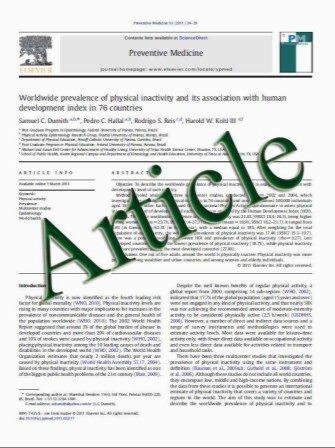Endoscopic treatment of juvenile nasopharyngeal angiofibromas: our experience and review of the literature
- نوع فایل : کتاب
- زبان : انگلیسی
- مؤلف : G. Fyrmpas I. Konstantinidis J. Constantinidis
- چاپ و سال / کشور: 2011
Description
The endoscopic resection of juvenile nasopharyngeal angiofibroma (JNA) emerges as an alternative approach to open procedures due to reduced morbidity and comparable recurrence rates. The purpose of this study was to present our experience with the endoscopic management of JNA using retrospective chart review of ten male patients (mean age 15.7 years) with JNA who were treated endoscopically at our institution between the years 2003 and 2010. According to the Radkowski’s system, one patient was at stage Ia, two at stage Ib, one at stage IIa, two at stage IIb, two at stage IIc (infratemporal fossa invasion) and two at stage IIIa (clivus erosion). Six patients underwent preoperative embolization. The endoscopic treatment involved total ethmoidectomy, middle meatal antrostomy, sphenoidotomy, clipping of the sphenopalatine artery and its branches and drilling of the pterygoid basis. All patients underwent magnetic resonance imaging 3 months postoperatively and then if indicated clinically. Mean follow-up was 23.7 months (range 3–70). All but one patient were free of macroscopic disease. A patient with stage IIb JNA developed a recurrence after 9 months. The residual tumor was resected endoscopically and the sphenopalatine foramen widened by drilling. The patient is free of disease 25 months postoperatively. The intra-operative blood loss was not excessive (200–800 ml, mean: 444 ml) and no patient required a blood transfusion. Patients were discharged after 4–8 days (mean 5 days). One patient developed postoperative infraorbital nerve hypoesthesia. Results showed that endoscopic treatment of stage I and IIa/b JNA is a valid alternative to external approaches. For select tumors with limited infratemporal fossa invasion and skull base erosion, the endoscopic approach may also be indicated. It is a safe and effective treatment modality due to the lack of external scars, minimal bone resection and blood loss and low recurrence rate.
Eur Arch Otorhinolaryngol DOI 10.1007/s00405-011-1708-6, Received: 19 March 2011 / Accepted: 4 July 2011


